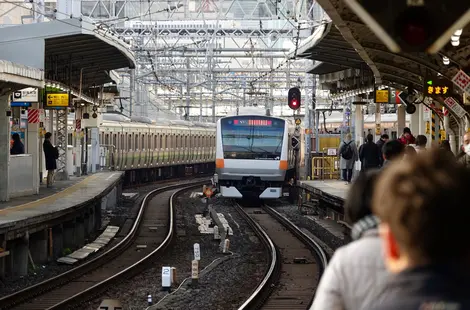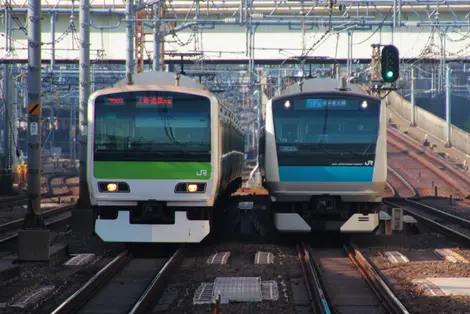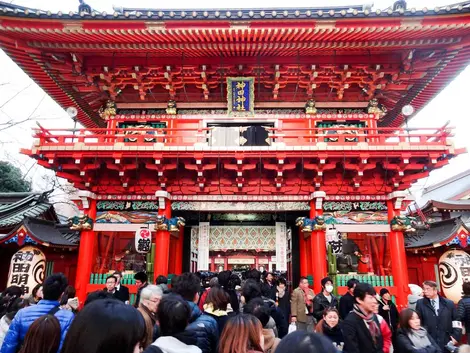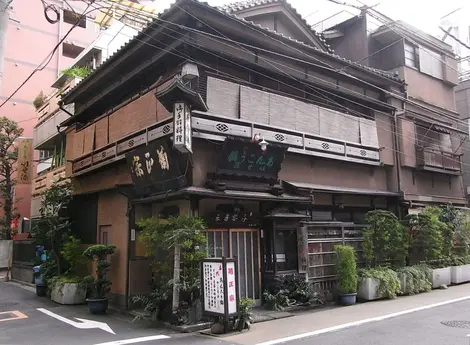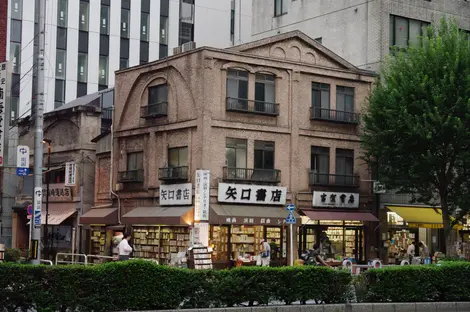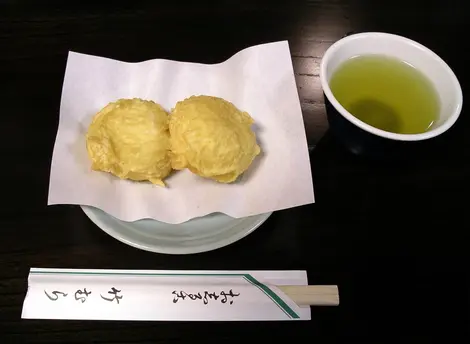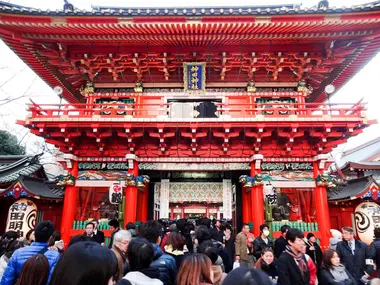Kanda station: a historical and cultural crossroads in the heart of Tokyo
Kanda station, located in Tokyo's Chiyoda district, is much more than just a railway junction. Inaugurated on March 1, 1919, this small station in the heart of the Japanese capital has a rich and fascinating history. Nestled just two minutes from Tokyo's main railway station, Kanda offers a unique atmosphere, blending tradition and modernity. A focal point for literature lovers, students and salarymen, it perfectly embodies Tokyo's dynamism and diversity. Let's discover this historical and cultural crossroads, which continues to play a crucial role in the daily lives of Tokyoites.
History and development of Kanda station
The history of Kanda station is closely linked to the development of Tokyo in the early 20th century. Originally built for the Chûô line, it replaced the old Manseibashi station, destroyed in the great earthquake of 1923. From the outset, Kanda's construction was an architectural innovation, with its tracks arranged above brick arches, reminiscent of Yurakuchô station.
Over the years, the station expanded to accommodate new lines:
- In 1925, the Yamanote line began serving Kanda.
- In 1931, the Ginza subway line, Asia's first subway line, arrived at the station.
- Today, it is also served by the Keihin-Tôhoku line.
Regular renovation work has modernized the station while preserving its original architectural spirit. For example, for the 90th anniversary of the Ginza line, major work was undertaken to respect Kanda's historical heritage.
Location and rail connections
Kanda station occupies a strategic position in the heart of Tokyo. Located at kilometer 26.4 of the Yamanote line, it is an essential link in the capital's rail network. Its proximity to other major stations makes it an important transit point:
- Only 2 minutes from Tokyo's main railway station
- Close to Akihabara and Ochanomizu stations
Kanda station is served by several major lines:
This interconnection of major lines makes Kanda an essential transportation hub, facilitating travel throughout the Tokyo metropolis.
Station architecture and features
The architecture of Kanda station is a fascinating blend of history and modernity. Its original brick-arch structure, inspired by Yurakuchô station, bears witness to its past. These arcades are home to small restaurants, creating a unique atmosphere where regulars can grab a bite to eat before heading home.
The platforms of the Yamanote line offer spectacular views:
- Restricted space at the Tokyo end of the platforms
- An impressive view of the 6 tracks leading to Tokyo station
- Nearby Tôhoku shinkansen trains
Modernization work continues, with adaptations planned for the platforms on the Chûô line, to accommodate longer trains with "Green Cars" double-decker cars. These ongoing improvements keep Kanda station at the cutting edge of efficiency, while preserving its historic charm.
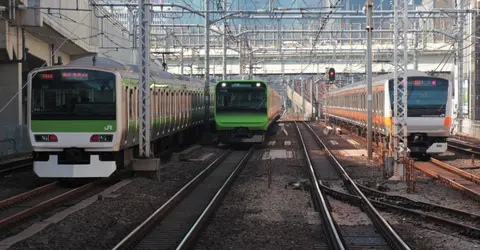
Yamanote vs Chûô !JR series E231-500, E235 & E233
Jérôme Laborde
The Kanda district: a paradise for literature lovers
The area around Kanda station is renowned as the literary heart of Tokyo. This reputation has been forged over the last 130 years, attracting book lovers, students and professionals alike. Kanda, a literary district, offers visitors a unique experience:
- More than 200 bookshops dot the streets
- 140 of them sell second-hand books and highly sought-after antiquarian works
- Presence of several schools, law universities and major publishing houses
The neighboring Jinbocho district, within walking distance of Kanda station, is particularly renowned for its specialized bookshops and second-hand booksellers. This exceptional concentration makes Kanda a must for bibliophiles from all over the world.
Gastronomy and culinary traditions around the station
As well as being a paradise for literature lovers, the Kanda district is also renowned for its rich and varied culinary scene. The "Kanda Suda" area is particularly famous for its traditional restaurants and local specialties. Here are a few emblematic establishments:
- Isegen: monkfish specialist for 180 years, unique in Tokyo
- Botan: renowned for its chicken sukiyaki, prepared according to a recipe that has remained unchanged for 120 years
- Matsuya: offering soba since 1884 and yabusoba since 1880
- Takemura: a teahouse famous for its Japanese pastries, notably Age-manju
The district is also known for its tachinomiya, the typical standing bars where salarymen meet after work. This culinary diversity reflects Kanda's popular and authentic atmosphere, offering a striking contrast to the more formal atmosphere of nearby Tokyo Station.
Cultural and spiritual attractions nearby
Beyond its literary and gastronomic importance, the Kanda district is home to several important cultural and spiritual sites. Among them, the Kanda Myôjin shrine occupies a central place in local spiritual life:
- Founded in 730, it is one of Tokyo's oldest shrines
- Dedicated to three deities, including two of the seven gods of happiness
- Popular place of prayer for success in business and studies
The shrine is particularly famous for the Kanda Festival, the Shogun Festival, one of Tokyo's three biggest festivals. Held in May in odd-numbered years, this event attracts thousands of visitors and offers an impressive spectacle of processions and traditional rituals.
Also nearby is the Confucius Mausoleum in Yushima, very popular with students who come here to pray for success in their exams. These sites testify to the rich cultural and spiritual life that animates the district, offering a fascinating contrast to the bustle of the train station and shopping district.
Practical information for travelers
For travelers wishing to explore Kanda station and the surrounding area, here is some practical information:
- Access: The station is served by JR Yamanote, Keihin-Tôhoku, Chûô and Tokyo Metro Ginza lines
- Timetable: the first trains run around 4:30 a.m. and the last around 1 a.m
- Connections:
- Tokyo station is just 2 minutes away
- Akihabara station is within easy reach
- Explore the area : The streets around the station are ideal for a stroll, with many bookshops and restaurants to discover
- Best time to visit: Spring for the cherry blossoms, or May in odd-numbered years for the Kanda festival
Kanda Station offers a unique experience in the heart of Tokyo, combining railway history, literary culture and culinary traditions. Whether you're a book lover, a Japanese cuisine enthusiast or simply curious to discover an authentic Tokyo district, Kanda will charm you with its diversity and unique atmosphere.







